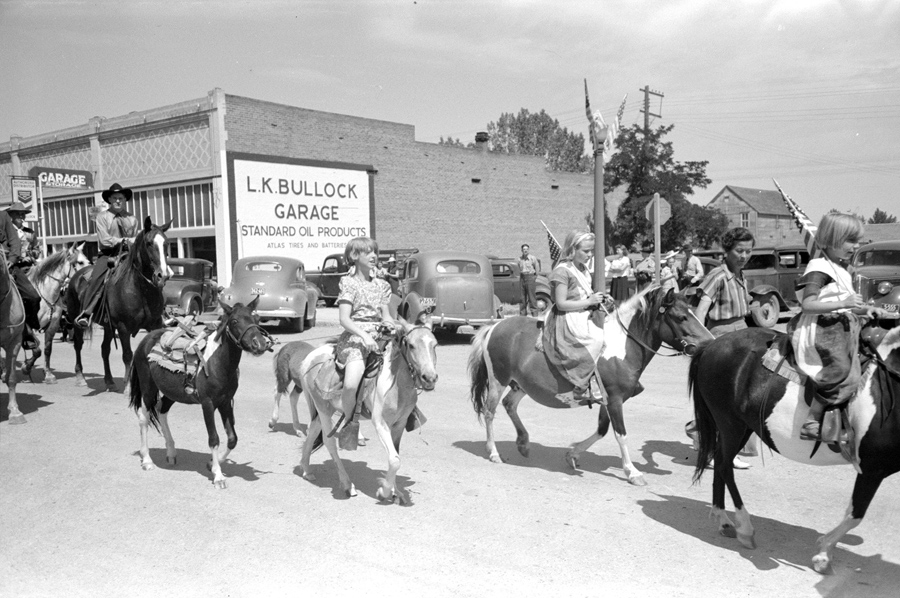Whitewater rafting has become a very popular water sport in Oregon and across the United States. It didn’t start out as a whitewater raft with professional guides. Instead, it has evolved over time as various cultures and generations have passed down their knowledge and techniques for navigating the whitewater of many a river.
The Fishing Rafts of Northwest Native Americans
Here in the Northwest, rafting has been an important part of the fishing techniques of several Native American tribes. For almost 15,000 years, the Nez Perce and other tribes navigated the many rivers that serve as tributaries to the Columbia River. They did not have flexible rubber rafts. Instead, they used wooden rafts to float down the river in order to get to their plentiful fishing spots. When Lewis and Clark arrived in the West, it was from these tribes that they learned how to build rafts strong enough to navigate the whitewater of rivers like the Deschutes.
East and West Coast Rafts
Some of the original rafts used in the Northwest and across the US were very simple but effective. The pirogue was a flat-bottom boat that had a few different designs and it was most commonly used in the West. The Bateau was an Eastern-developed raft that was made of a simple frame with planks. Eventually, rafters combined the best qualities of these two boats to create the keelboat. Its most notable difference was that it had a streamlined hull, which was much better for controlling the direction of the raft.

The Invention of Rubber Rafts
Once whitewater rafting became commonplace, more rafting expeditions began to emerge. Most rivers, including the Snake River and Platte River, were still too rough for the keelboat design. That’s why in 1843, John Fremont designed the first rubber raft, which was later improved by Peter Halkett in 1844. These flexible boats made it much easier to navigate rough waters, making river expeditions across the US more successful.
The Rise of Whitewater Rafting as a Sport
It wasn’t until a full century later that whitewater rafting evolved into a recreational sport. In 1940, the Salmon River became one of the first to host guided rafting trips through its rapids. The popularity of the spot grew throughout World War II and began to spread to other rivers. In 1972, whitewater rafting became an official sport and made its first appearance at the Munich Olympics. Since then, whitewater rafting has thrived in rivers with great rapids and where communities embraced outdoor adventure.
Today, the Deschutes River is one of the most popular rivers for whitewater rafting in the Northwest. People come from across the country to experience the many outdoor wonders of the Deschutes River Canyon and to challenge themselves with Class III and IV rapids. Imperial River Company in Maupin is a well-known destination for guided rafting trips, where they carry on the proud tradition of navigating thrilling rapids for young and old rafters alike.
Imperial River Company, Maupin OR
Lodging and Rafting on the Lower Deschutes River
https://deschutesriver.com/
irc@deschutesriver.com
(541) 395-2404






